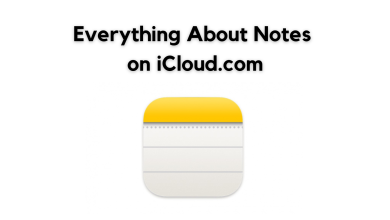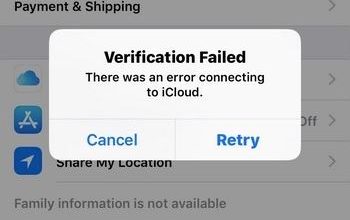Fix: “Calendars couldn’t move (an error occurred)” to iCloud
Some users are encountering the “Couldn’t move your calendars to iCloud because an error occurred” error as soon as they attempt to open the Calendar app on Mac. Restarting the Mac doesn’t resolve the issue and the Calendar app remains useless – this issue affects multiple Mac OS versions including MacOS Catalina.
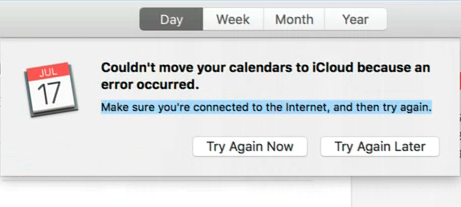
If you’re not already on the latest macOS, there’s a high chance that the issue is occurring due to a fairly common glitch that Apple has patched with a series of hotfixes. To take advantage of this fix, you will need to update your macintosh to the latest version from the System Preferences menu.
But as it turns out, the issue can also occur due to a series of corrupted temp files (most commonly located in Caches and Calendar). If this scenario is applicable, you can resolve the issue by disabling Itunes sync and cleaning the contents of Caches and Calendar from the Library folder.
Method 1: Update macOS to the latest available version
As it turns out, this particular issue is mostly encountered on macOS version Mojave. As confirmed by some Apple engineers, this problem was since patched via a hotfix that is being pushed on every macOS version newer than Mojave.
So if you’re encountering the “Couldn’t move your calendars to iCloud because an error occurred” error on a Mojave macOS, the easiest way to resolve the issue is to update your macintosh to the latest version available.
Several affected users have confirmed that after doing this, the Calendar issue was completely resolved and they were able to use it normally.
Here’s a quick step by step guide on updating to the latest version:
- On your Mac, click on the System Preferences icon from the action bar at the top.

Accessing the System references menu on macOS - Once you’re inside the System Preferences screen, click on the Software Update icon.

Accessing the Software Update menu - Wait until the utility checks for updates, then follow the on-screen prompts to install the latest available version that is available according to your computer configuration.

Checking for Updates on macOS - In case a new version is found, simply click on the Update Now button and wait until the new version is installed.
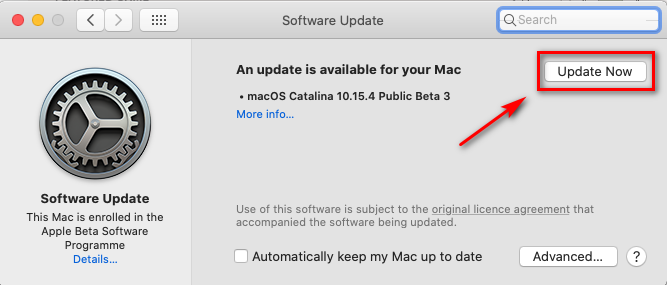
Updating the macOS version to the latest version - Once the update is installed successfully, your macintosh should restart automatically. In case it doesn’t, do a manual restart and see if the issue is resolved at the next system startup by attempting to open the Calendar app again.
If you’re still encountering the “Couldn’t move your calendars to iCloud because an error occurred” error or you already have the latest macOS version, move down to the next potential fix below.
Method 2: Clearing Caches and Calendar folders from Library
As it turns out, this particular issue can occur due to a series of partially corrupted temporary files that might reside in either Caches or Calendar folders (or both). Several affected users that were also encountering this issue have reported that they managed to fix the issue by the Finder function to access the Library folder and clean the contents of the two folders.
But keep in mind that in order to do that, you will need to start by taking a trip to the System Preferences menu and disabling the iCloud integration with Calendar in order to be able to remove the files from the two folders.
Important: If you want to ensure that you don’t end up doing any collateral damage, we recommend that you start by doing Time Machine Backup before starting with the steps below.
Once you are ready to get started, begin following the steps below:
- From your bottom-bar menu, click on System Preferences.

Accessing the System references menu on macOS - Once you’re inside the System preferences menu, click on the iCloud entry (left-hand section) of the screen.
- When you’re inside the iCloud settings, move over to the right-hand section, then uncheck the box associated with Calendars.

Disable iCloud Calendar Synchronization - After iCloud calendar sync has been disabled, use the action bar at the bottom to click on your Finder app.
- Once you’re inside the Finder app, press and hold on the Option key, then press the Go entry from the ribbon menu at the top and select Library from the list of available items.
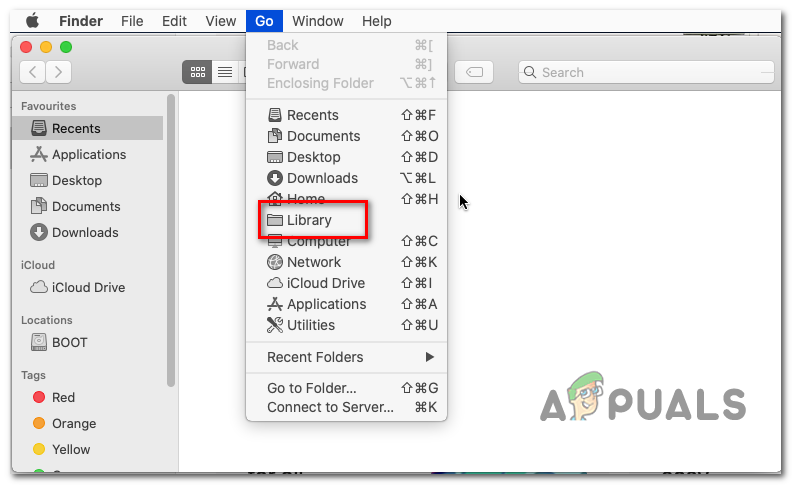
Accessing the Library Folder via the Finder app - When you manage to arrive inside the Library folder, start by finding the Caches folder. Once you see it, double-click on it to access it.
- Inside the Caches folder, press CMD + A on your keyboard to select everything, then press CMD + Backspace to delete them (or right-click > Move to Bin).

Deleting everything Note: Keep in mind that the Cache folder will only contain temporary files that various applications installed in your macOS ecosystem use. Deleting them might prompt you to sign in again with some applications, but it won’t break any applications.
- Next, return to the root Library folder, navigate to the Calendars app and repeat steps 7 and 6 – Select everything first, then press CMD + Backspace to clear the entire Calendar folder.
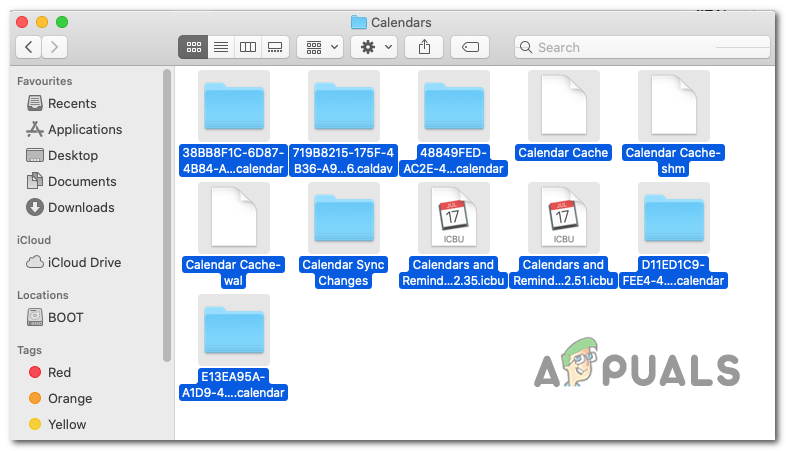
Clearing the Calendar folder - After this operation is completed, use the action bar at the bottom to access the System Preferences menu again. Once inside, select Cloud and re-enable the Calendar integration once again.

Enabling Calendar Integration - Restart your machine, then attempt to open the Calendar app again to see if the issue has been resolved. Your Calendar items should return via iCloud in a few moments.
